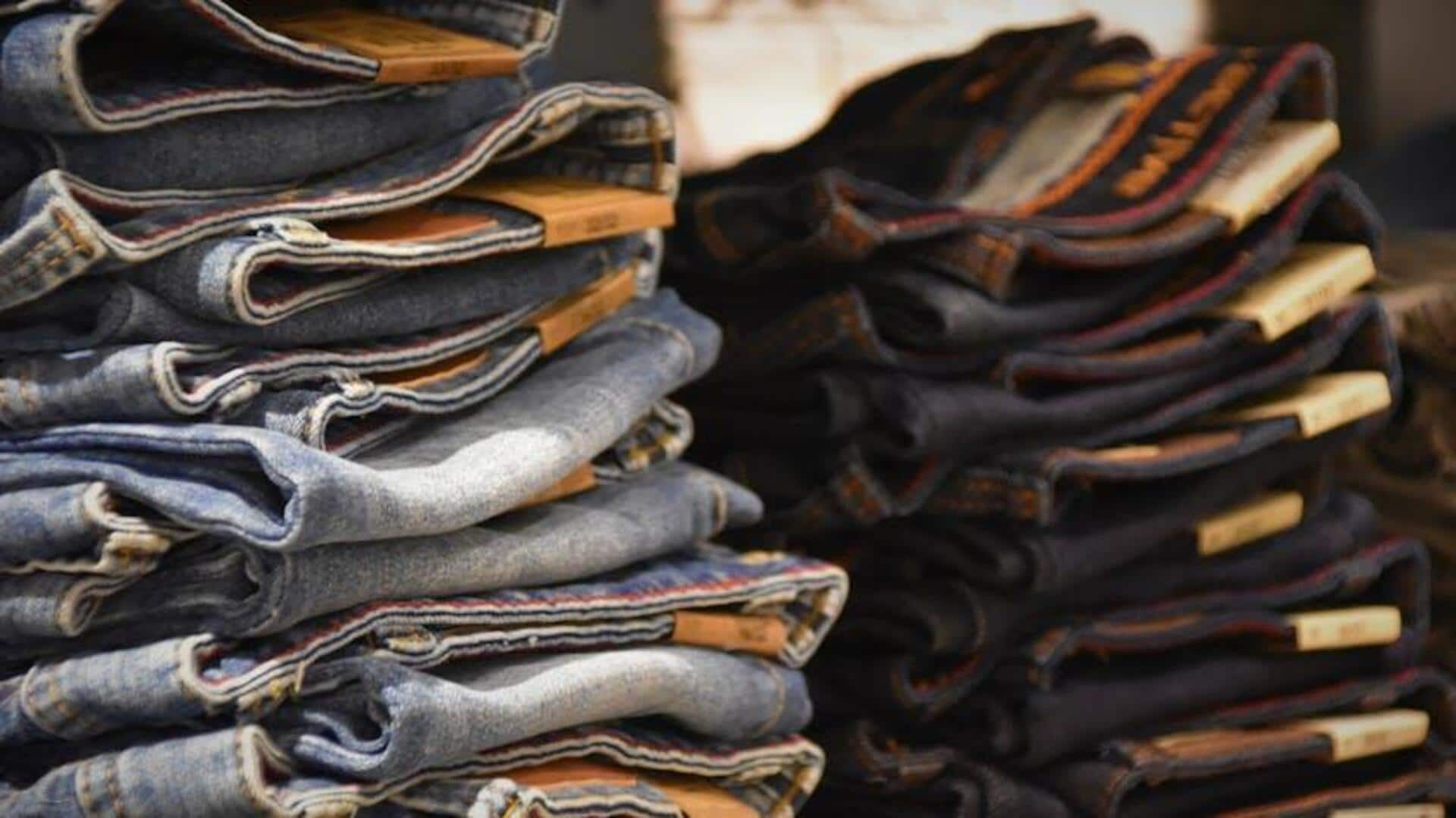What’s the story
Americans are purchasing clothes at an unprecedented rate, with the average person buying 53 new items annually, a fourfold increase since 2000.
This surge is largely attributed to the fast fashion industry, which produces over 100 billion pieces of clothing each year.
The rapid evolution of trends, driven by social media and online shopping, has further accelerated this consumption.
Fast fashion’s low prices fuel overconsumption
Fast fashion companies offer their products at prices that do not reflect the true environmental cost.
Technological advancements have made it easier for these firms to market their clothing, with consumers constantly exposed to ads on social media.
As a result, clothes are cheaper and more accessible than ever before, leading to an increase in purchases.
Fast fashion’s impact on waste generation
The rise in clothing consumption has led to a significant increase in waste.
Research indicates that half of the clothes owned by people are not worn.
Fast fashion items, due to their lower quality and quickly changing trends, have a shorter lifespan.
Americans discard 17 million tons of clothing and textiles annually, with 65% of purchases thrown out within a year of acquisition.
Overproduction in fast fashion contributes to waste
Fast fashion’s business model significantly contributes to clothing waste.
Companies produce millions more tons of clothing than they can sell, leading to overstock that ends up in landfills.
When new shipments arrive, unsold “old” clothes are discarded – brand-new items that have never been worn.
Each season, fast fashion retailers overproduce by 30 to 40%, contributing to the global total of 92 million tons of clothing waste annually.
Fast fashion’s environmental impact extends beyond waste
The fast fashion industry contributes about 10% of global greenhouse gas emissions during production and transportation.
Clothing in landfills releases methane, a potent greenhouse gas.
Producing a single polyester shirt requires 1.5 cups of oil and 157 gallons of water, and washing it releases microplastic fibers.
Even natural materials like cotton demand significant resources: one shirt needs 1,019 gallons of water and approximately half a cup of fertilizer and pesticide, highlighting the environmental impact of fashion.
Embracing sustainable fashion by making smarter choices
Fast fashion companies urge us to buy constantly without considering the environmental impact.
Instead, we can buy less by wearing clothes we already own and reassessing our true clothing needs.
Opting for sustainable choices, such as high-quality, long-lasting items and secondhand shopping, is another step.
Making clothing last by washing in cold water and mending items helps extend their life.
Additionally, we can resell or repurpose unwanted clothes through online platforms, clothing swaps, thrift store donations, and so on.

